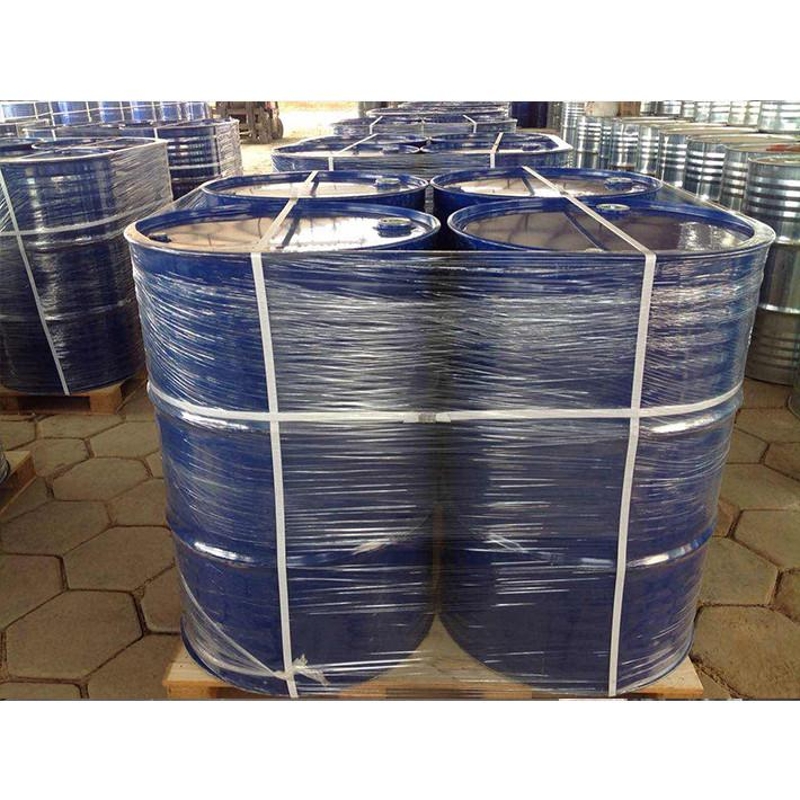-
Categories
-
Pharmaceutical Intermediates
-
Active Pharmaceutical Ingredients
-
Food Additives
- Industrial Coatings
- Agrochemicals
- Dyes and Pigments
- Surfactant
- Flavors and Fragrances
- Chemical Reagents
- Catalyst and Auxiliary
- Natural Products
- Inorganic Chemistry
-
Organic Chemistry
-
Biochemical Engineering
- Analytical Chemistry
-
Cosmetic Ingredient
- Water Treatment Chemical
-
Pharmaceutical Intermediates
Promotion
ECHEMI Mall
Wholesale
Weekly Price
Exhibition
News
-
Trade Service
| The "orphan receptor" is no longer alone! |
| Scientists find a new signal receiver that regulates the central nervous system |
For a long time, people believed that bones are just an organ that has support and protection.
In the past 20 years, studies have gradually found that bones can also be used as a secretory organ.
By secreting different bone-derived factors, it can affect all types of bones.
Organs have an impact and have regulatory functions on the central nervous system, immune system, energy metabolism and other aspects
.
In the past 20 years, studies have gradually found that bones can also be used as a secretory organ.
By secreting different bone-derived factors, it can affect all types of bones.
Organs have an impact and have regulatory functions on the central nervous system, immune system, energy metabolism and other aspects
.
On October 22, the latest research results of Li Xiang's team from the Institute of Brain Cognition and Brain Diseases, Shenzhen Institute of Advanced Technology, Chinese Academy of Sciences, were published in Science Advances
.
Science Advances
Exploring the nerve mystery from bone-derived factors
Exploring the nerve mystery from bone-derived factors If the axon of a neuron is likened to an antenna, then the myelin sheath is the insulating layer on the outer layer of the antenna, which protects the signal conduction of the neuron
.
In the brain, in addition to hundreds of billions of neuronal cells, there are also numerous glial cells, which connect and support various nerve components, distribute nutrients, participate in repair and phagocytosis, and oligodendrocytes It is the key cell that forms the myelin sheath of the central nervous system
.
As the key cells that form the myelin sheath of the central nervous system, oligodendrocytes play a very key role in maintaining the normal function of neurons, forming an insulating myelin structure, and assisting in the jumping and efficient transmission of bioelectrical signals
.
Abnormal function of oligodendrocytes may damage the structure of myelin sheath, cause myelinopathy and neuronal damage, and lead to nervous system dysfunction, leading to a series of nervous system or mental diseases, such as multiple sclerosis
.
In the early stage of the study, the research team used the mice whose osteocalcin gene was knocked out, through immunostaining, protein hybridization, and electron microscopy analysis, and found that when the mouse was knocked out of the osteocalcin gene, the thickness of the myelin sheath increased.
The staff confirmed that osteocalcin has an important effect on oligodendrocytes, the main component of myelin sheath, and further discovered that the lack of osteocalcin will affect the differentiation and myelination of oligodendrocytes.
.
"Myelin sheath gradually matures with the development of the human body.
Too thick or thin myelin sheath is a manifestation of dysplasia, which can easily lead to various diseases such as movement disorders, abnormal posture, disturbances in perception, communication and behavior, and mental retardation.
.
When the human body is performing human actions such as standing, walking, sitting, running, etc.
, it will stimulate the bones to secrete osteocalcin to a certain extent, which will affect the differentiation function of oligodendrocytes in the myelin sheath, and produce certain effects on the central nervous system.
"Orphan Receptor" is not alone to define a new signal receiver
"Orphan Receptor" is not alone to define a new signal receiver What is it that receives osteocalcin signals and plays a role in the central nervous system? In order to further explore which receptors osteocalcin binds to and affect glial cells, the research team used RNA gene sequencing to compare the RNA expression in the corpus callosum region of osteocalcin knockout mice and wild mice, and determined for the first time that GPR37 is A new receptor for osteocalcin in the central nervous system
.
In the long history of human science, many scientists have worked tirelessly to condense the human genome library.
Among them, there is a class of "orphan receptors" that have been discovered by scientists but cannot define their role and matching substances
.
Among them, G protein coupled receptor (GPR37) is included
.
In the verification experiment, the research team used osteocalcin knockout gene models and GPR37 gene knockout animal models, and through integrated electron microscopy analysis, immunostaining, behavior analysis and other multidisciplinary research methods, verified that osteocalcin can regulate the central nervous system through GPR37 The role of systemic oligodendrocyte differentiation and myelination provides an experimental basis for using osteocalcin as a potential peripheral target for the treatment of central myelinopathy
.
“We use a variety of gene knockout animal models and use different research methods, including key electron microscopy analysis, immunostaining, RNA sequencing, etc
.
.
Through cooperation with the China Institute of Science and Biophysics, Zeiss China, and BGI, we have Under the means, the important results of this research have been mutually verified
Scientists have been unremittingly exploring the effects of osteocalcin on the central nervous system
.
Studies have found that osteocalcin can act on neurons through the blood-brain barrier, regulate the central nervous system, and affect the cognitive and memory functions of the brain
.
The research team defined for the first time a new receptor for osteocalcin in the regulation of central nervous system function
.
Through in-depth exploration of the internal regulatory mechanism of osteocalcin in the central nervous system, starting from the search for "peripheral-central" key regulatory molecules, it provides a theoretical basis for exploring new measures to maintain nervous system function from the perspective of regulating bone function and bone-derived factors It provides a scientific basis for new strategies and new targets for clinical intervention of related neurological diseases
.
Related paper information: https://doi.
org/10.
1126/sciadv.
abi5811







